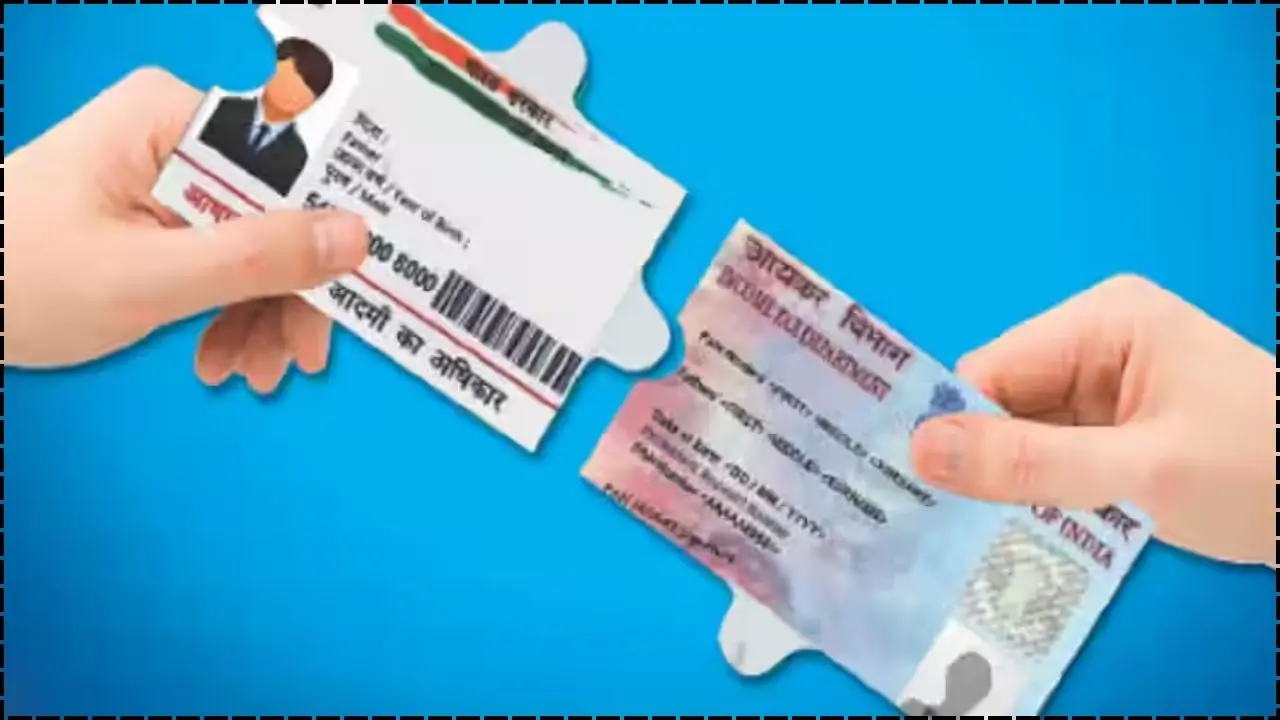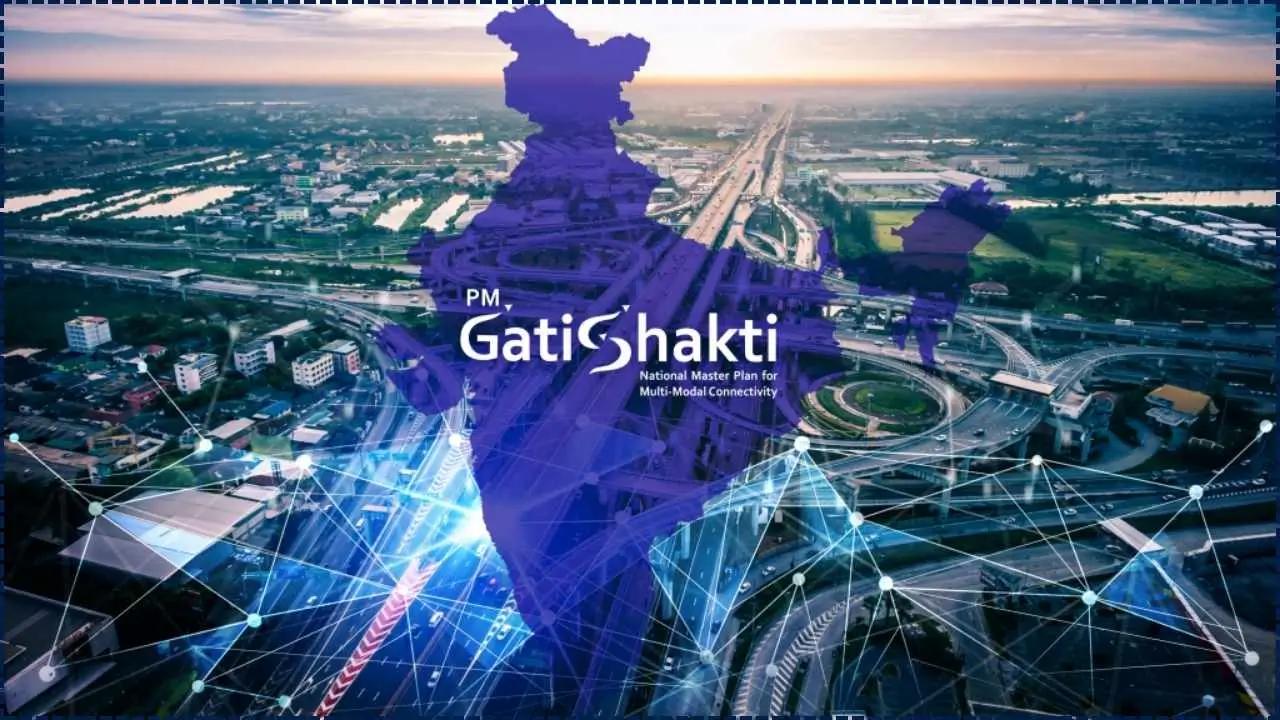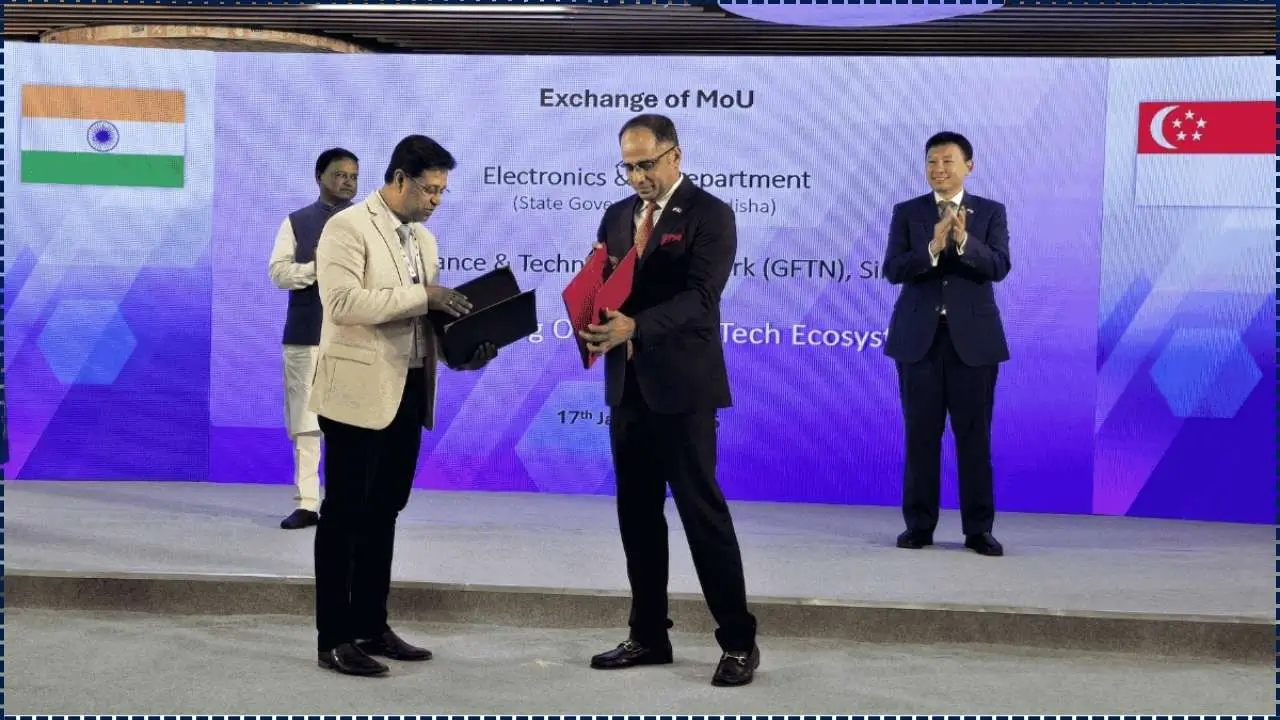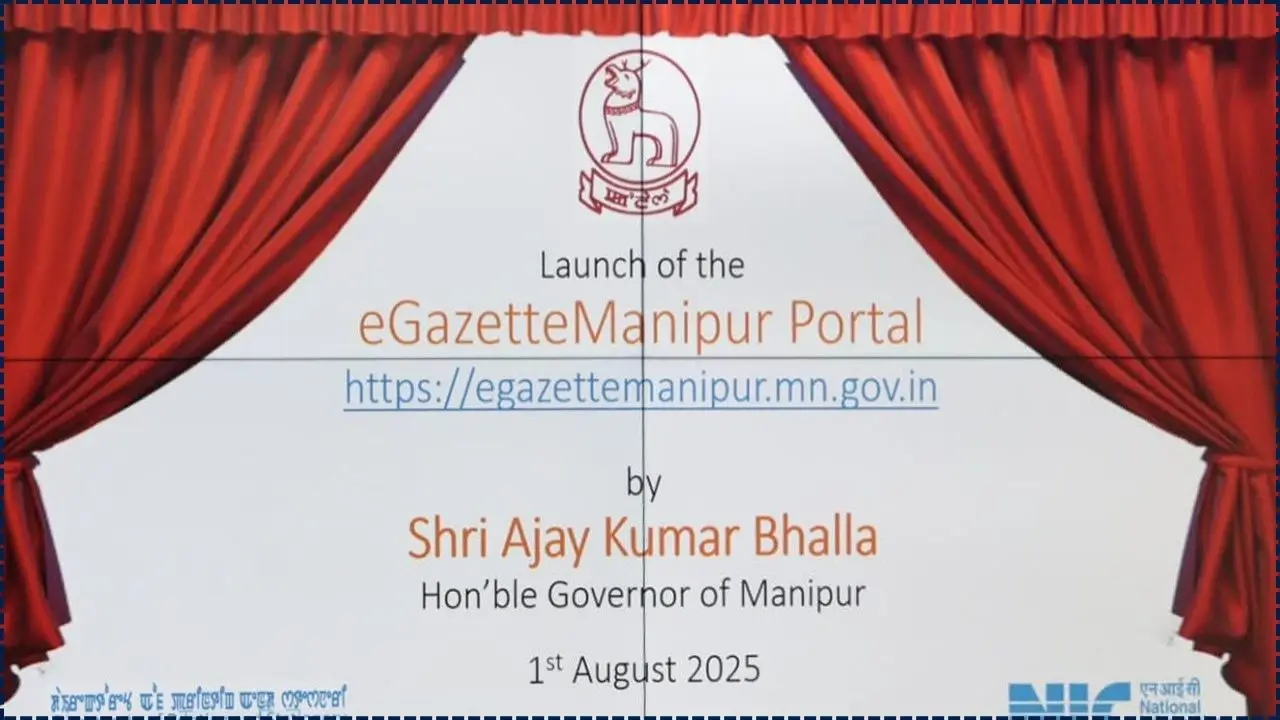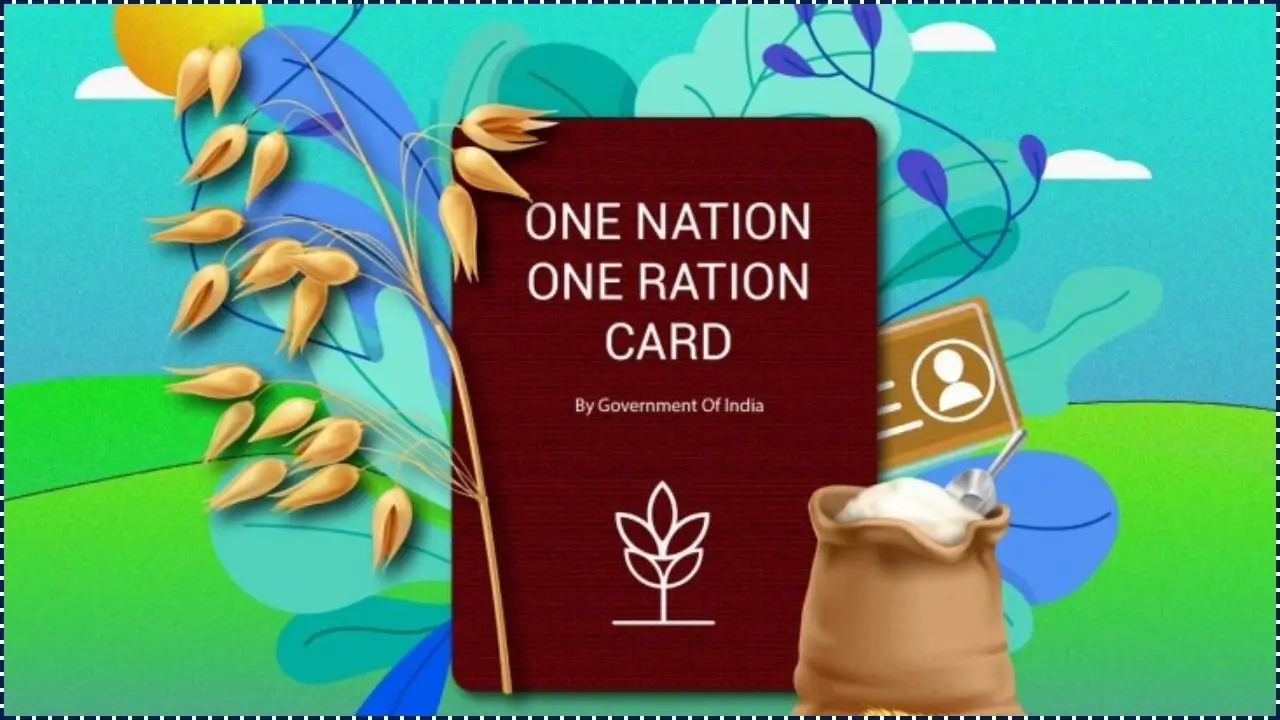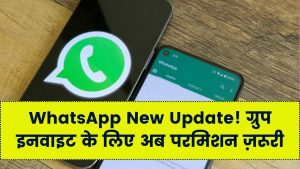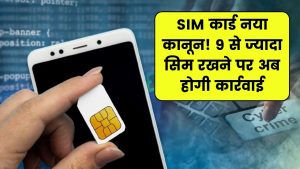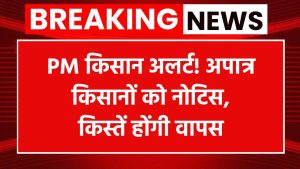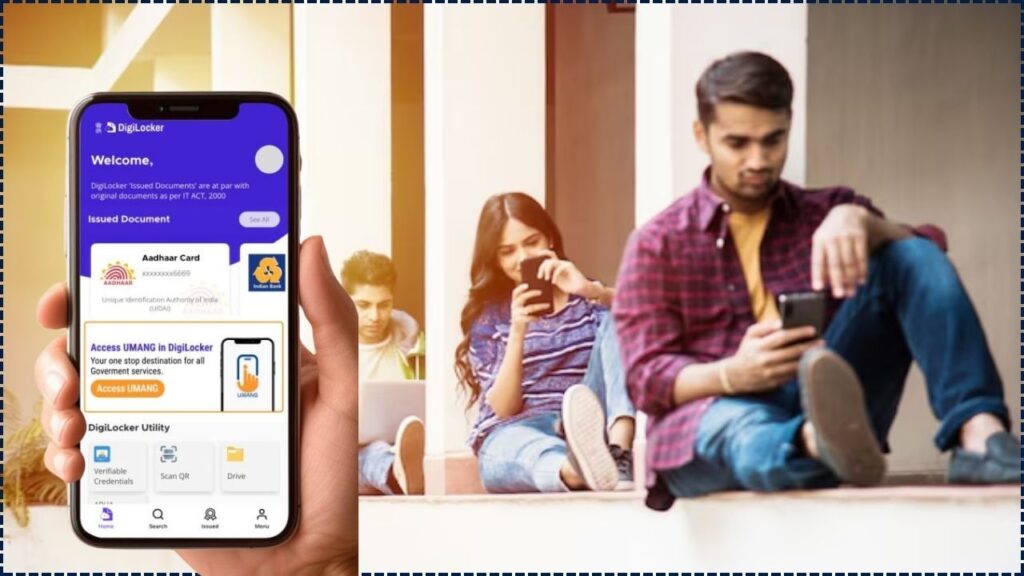
DigiLocker has emerged as a pivotal tool in India’s digital transition. It provides citizens with a reliable, secure, and legally valid means of accessing essential documents digitally. With widespread adoption and consistent enhancement—such as the recent CBSE access code initiative—the platform exemplifies efficient, empowered governance. As part of a broader digital infrastructure framework, DigiLocker continues to deliver on the promise of convenience and trust in accessing public services.
DigiLocker—is a government-backed digital document wallet that enables Indian citizens to securely store, retrieve and share official documents. Launched in July 2015 by the Ministry of Electronics and Information Technology (MeitY), it now serves over 53 crore registered users and has issued more than 949 crore authentic documents by mid-2025. The platform offers anytime, anywhere access while ensuring legal validity and reducing administrative delays.
Table of Contents
Context and Background
DigiLocker is a flagship initiative under the Digital India programme, managed by the Ministry of Electronics and Information Technology (MeitY). The service provides a personal digital locker—linked to an individual’s Aadhaar number—for storing and accessing government-issued documents such as driving licences, vehicle registration certificates, academic mark sheets, and other official records. The initiative began in February 2015 and was officially launched by the Prime Minister on 1 July 2015.
As of June 2025, the platform has more than 53.84 crore registered users and has issued over 949.24 crore documents digitally, according to recent government records. These figures underscore the platform’s extensive adoption and value in the public domain.
Legal Standing and Interoperability
Documents accessed or shared through DigiLocker are deemed legally equivalent to physical originals under the Information Technology Rules, 2016—specifically Rule 9A of the Information Technology (Preservation and Retention of Information by Intermediaries) Rules, 2016. This legal framework enables direct verification by requester agencies, reducing reliance on paper-based procedures and improving efficiency in both public and private sectors.
How DigiLocker Works
Registration and Access
To register on DigiLocker, users must have an Aadhaar number linked to a mobile number. The account is created by entering the Aadhaar number and completing a one-time password (OTP) verification. Users can then set a username and password to access their digital locker via the web portal or mobile app.
Document Access, Upload, and Organization
- Document Issuance: DigiLocker connects citizens to issuers such as government departments, educational boards, and banks. These entities can automatically deliver digital documents to a user’s locker.
- Uploaded Documents: Users may upload legacy documents manually, with a maximum limit of 10MB per file and an overall storage limit of 1 GB per account.
- Directories and Management: The platform includes sections like My Certificates, Issued Documents, Uploaded Documents, My Issuers, and My Requesters for easy navigation and transparency.
Secure Sharing
Users can share document URLs with requesting agencies, who can then access and verify the digital documents securely. Every document is time-stamped, reducing the risk of tampering and verifying authenticity.
Benefits and Impact
For Citizens
DigiLocker offers users several tangible advantages:
- Accessibility: Documents are accessible anytime via mobile or web, eliminating physical storage concerns.
- Convenience: Users avoid physical visits and manual documentation processes.
- Security and Privacy: Secure cloud-based storage reduces risks of loss or misuse.
For Institutions
Agencies benefit from reduced paperwork, quicker verifications, and fewer errors—enhancing administrative efficiency. The platform integrates with more than 1,679 issuing organizations and supports over 631 document types, including Aadhaar, PAN, academic certificates, vehicle registration, health records, and more.
Expert Insight
According to a press release by MeitY, DigiLocker is designed to eliminate physical documents, enabling secure issuance, sharing, and verification of digital records. As stated, “the platform is helping in eliminating use of physical documents,” reflecting its role in promoting paperless governance.
Dr. Amitabh Kant, a former CEO of NITI Aayog, has previously noted that DigiLocker is an integral part of India’s move toward digital public infrastructure, enhancing ease of access and trust in public systems (public statements).
Recent Update: CBSE Integration
In May 2025, the Central Board of Secondary Education (CBSE) introduced a six-digit access code system to help Class 10 and 12 students securely activate their DigiLocker accounts and receive academic results and mark sheets digitally. Schools now download an access code file to facilitate activation for students ahead of result announcements, streamlining access and enhancing security of student records.

